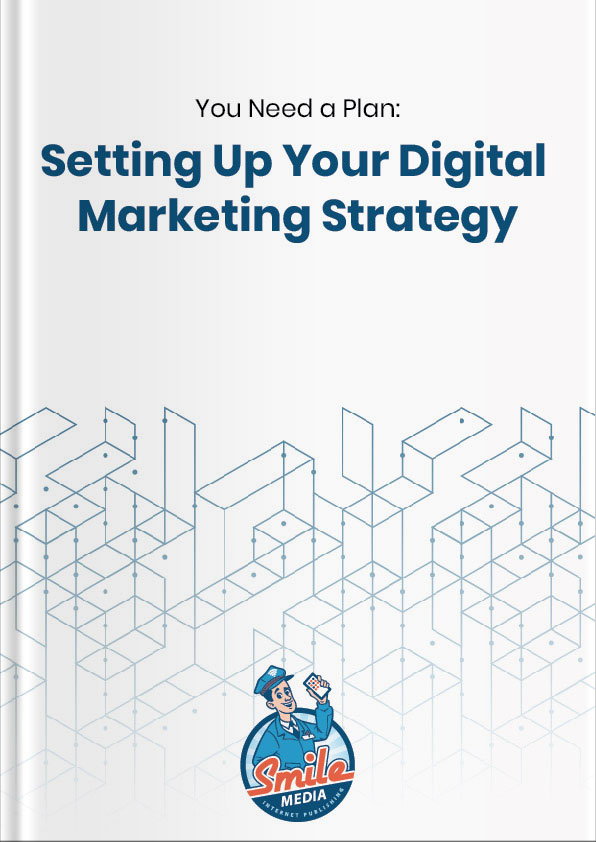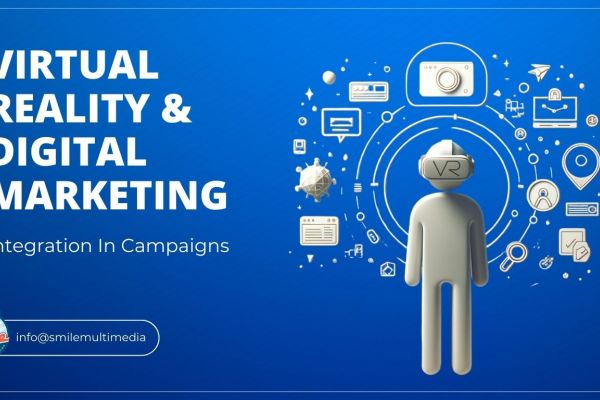We get asked this question often at SMILE media. Entrepreneurs looking to start a successful online business often don’t know where to start. They may have an idea for a product or service, but aren’t sure how to take the next step towards building a profitable business from it.
Do you have a great idea, but aren’t sure if it’s good enough to create income? Let’s take a closer look at what it takes to start and grow a successful online business. Here are some questions to ask and answer to determine whether you just have a cool idea, or a profitable product/service.
Does Your Idea Solve a Problem?
To build a successful business, you must solve a problem for a particular target market. Though it may seem like there are endless solutions on the market to any problem a customer may have, there’s always room for improvement and innovation. Even just one tweak to an existing solution can make it entirely new, and profitable.
There are two main ways to build a business that solves a problem (or multiple problems) for consumers or organizations.
1. Build a new product
The term product is broad. It can refer to physical products, such as tools, food products, clothing, etc., or technological products, like software and online applications. Do you have an idea for an app that hasn’t been done yet? Or, maybe there’s already an app for that, but you think you can do it better. Go for it. Consumers have choices when it comes to which apps they download and use on a regular basis. The opportunities are endless.
2. Offer professional services
If you know how to do something that most people don’t, you can probably sell it as a service. Accounting, consulting, marketing, and business coaching, for example, are all services that people will pay for from a qualified professional. If you are able to offer value to individuals or businesses by using your unique or advanced skill set, you can start and run a successful business.
Pricing and Profits
Identifying your profit margins is, in theory, actually quite simple. If you make your own products, you’ll need to determine how much it costs to build them, package them, store them, and ship them. This includes expenses such as labor, building and equipment rentals/purchases, utilities, supplies, and much more – everything that is needed to run your business. Once you’ve determined how much it costs to build and sell each product, you can then set your pricing accordingly, with a profit margin built into the price.
While the mathematical aspect of setting profitable pricing is simple, there are always additional variables to consider. Supply prices increase, building rent goes up, shipments are lost, and there’s no way to anticipate every little thing that could cause your profit margins to shrink. Therefore, it’s important to build in a buffer to account for all the things that can (and will) go wrong.
Who Are Your Competitors?
Once you’ve determined that your idea provides a solution to a critical problem, and you’ve built a profitable pricing model, it’s time to evaluate other solutions available in your market, with a competitive analysis. During this process, you will learn a lot about your competitors, but will also gain a deeper insight into what makes your product or service unique.
Competitive Analysis
You can start by listing all of your potential competitors, and then narrowing them down to a select few for your analysis. Once you have your final list of competitors, you’re ready to begin.
1. Gather basic information.
What product/service do your competitors offer?
What are the basic features and benefits?
Who are their customers – age, sex, location, income, education, etc.?
2. Evaluate similarities and differences to your offerings.
What about your competitors’ offerings is similar to what your business offers?
What’s different about your offerings, and how?
What do they do better/how could they improve?
3. Compare pricing and value.
Do your competitors offer similar pricing?
Do they offer unique pricing models?
Do they all offer the same value for the price?
How can you price your offerings competitively?
4. Brand presence and marketing strategies.
How well do your competitors market themselves?
Do they have a strong digital presence?
Do they have a memorable brand?
What marketing channels do they use?
By answering the above questions, you can get a good idea of how to uniquely position your product or service to stand out from your competitors.
Bringing Your Business Online
Now that you’ve identified your audience, your competitors, and your unique value proposition, it’s time to bring your business online.
1. Brand Identity and Asset Development
Before you can bring your business online, it’s important to develop a strong brand identity, and to create brand assets that reflect the identity and personality of your business. It’s important to determine how you want your audience to perceive your brand before you begin creating an online presence. You’ll need a strong logo, taglines/positioning statements, and some basic messaging that captures the essence of your business and your brand.
2. Website Design and Development
While there are many free solutions for getting a website up and running fast – it is highly recommended that you work with one of the best digital agencies in Boston to create your company’s digital presence. Your website should be well-designed, customized to meet your business needs, and should provide an optimal user experience for your audience – none of which can realistically be done with a free website service.
3. Strategic Digital Marketing
Many businesses are under the impression that building a website is the last step to creating a successful online business. However, the truth is that it is just the first of many steps. It’s a great start, but in order to generate quality leads and continue to grow your business, you’ve got to invest in strategic digital marketing. Utilizing SEO, PPC, email marketing, social media marketing, content marketing, online public relations, video marketing, and more are crucial to reaching your target audience and generating quality leads.
The Internet has completely changed the way companies do business. In a recent HubSpot research study, only “19% of buyers said they wanted to talk to a salesperson during the “awareness” stage of their purchase process.” Traditional marketing isn’t nearly as effective as it used to be, and it pales in comparison to digital marketing. Dare we say that coming up with the idea and business model is the easy part? Marketing it and selling it in a digital world is the real challenge.
Ready to get started? Download our eBook, “You Need a Plan: Setting Up Your Digital Marketing Strategy.”











